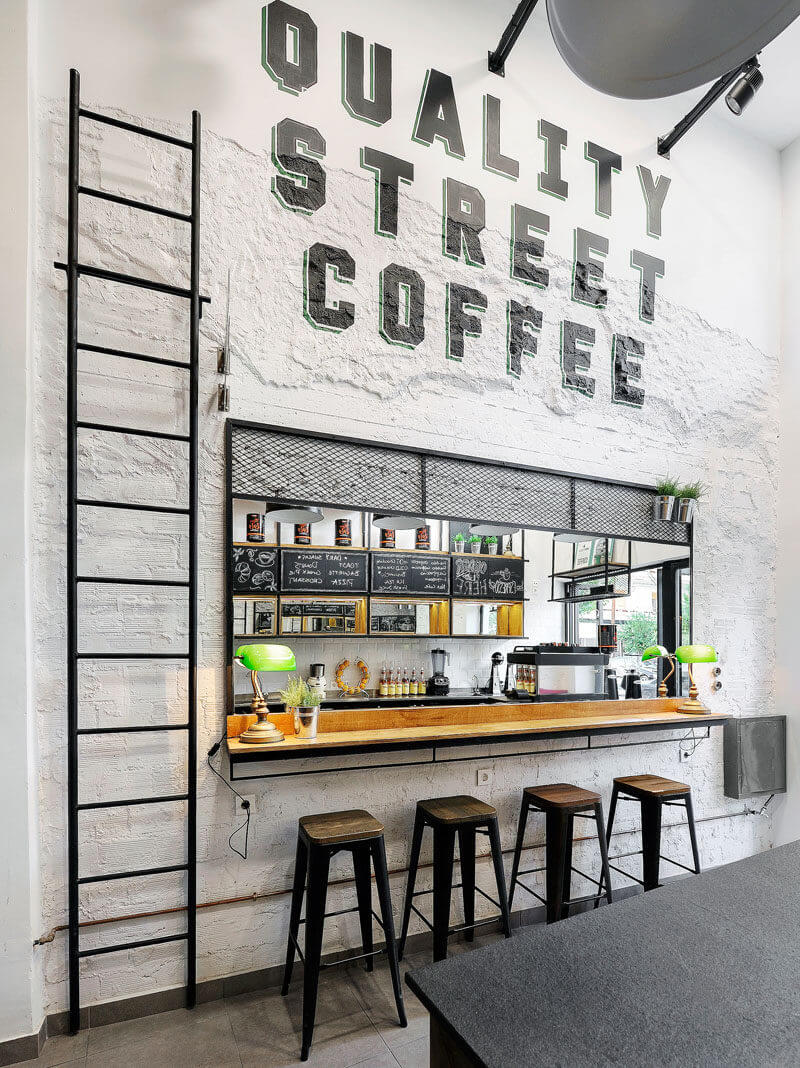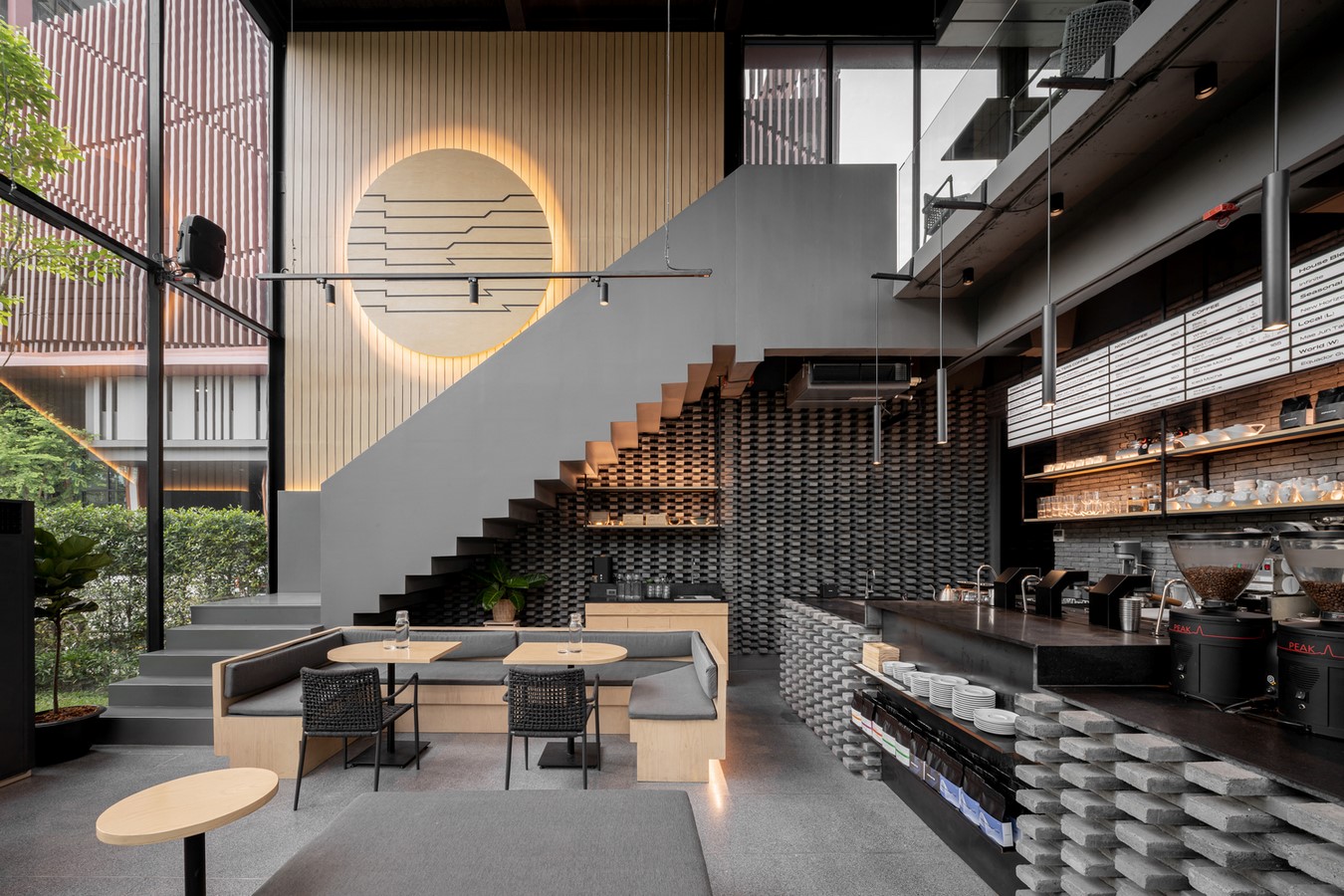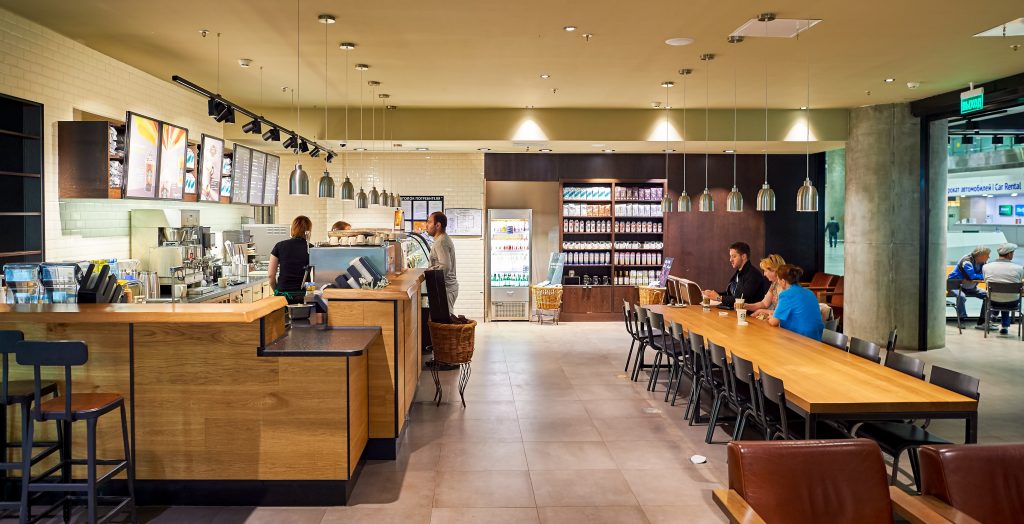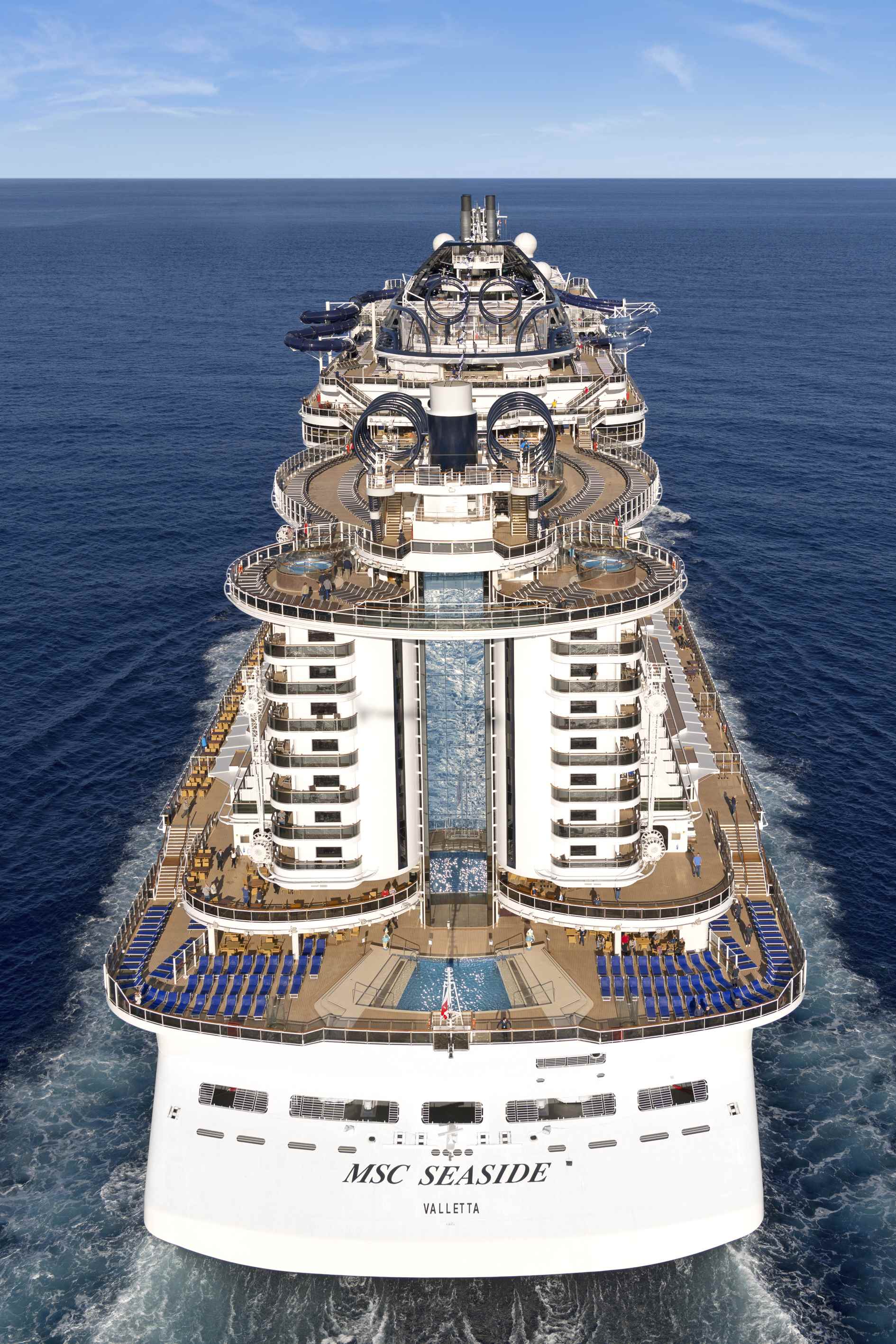Table Of Content

To avoid this, set your colors to RBG and design shirts accordingly to avoid misunderstandings and print discrepancies. Image size is the main factor determining the quality of your printed design. If you make your own designs on a special software like Adobe Illustrator or Photoshop, make sure to set the right resolution for your selected t-shirt. Full-front shirts are ideal for personal expression – printed in full size. For example, bands promoting their albums or printing epic graphics for fan art, or artists utilizing this large printable area for their artwork. If you want to cover the entire front with large designs, or only the chest with a cool graphic or a logo – these placement options are a perfect choice.
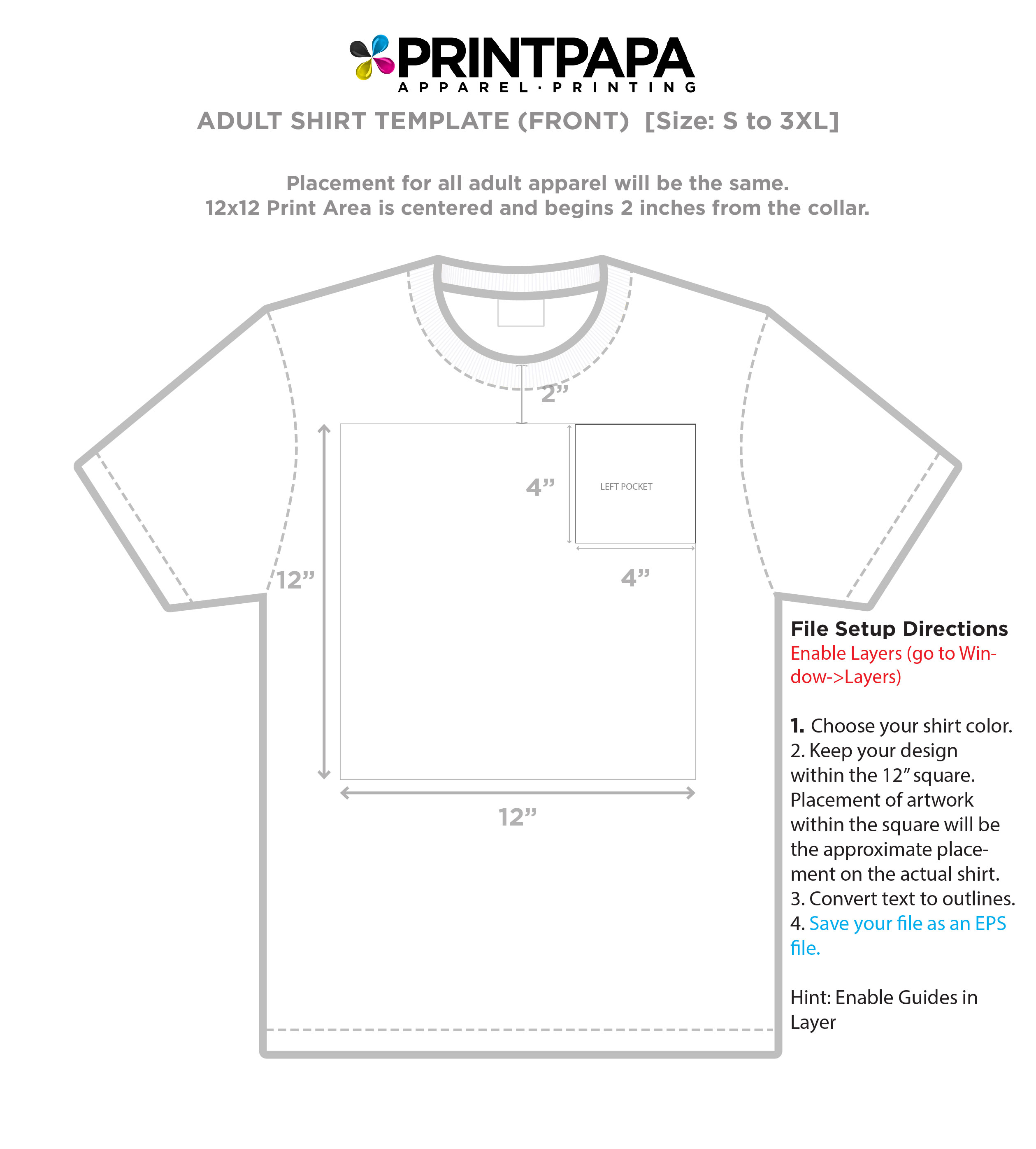
Youth T-shirt (Small Size, Chest 25.5 inches)
Try to center the graphic on the sleeve of your custom t-shirts as much as possible. Be sure that you don’t take up the entire sleeve with the t-shirt printing and that you still have a little bit of the color peeking through on the sides, top, and bottom. This is where most folks want their designs to sit, right smack in the middle of the chest. If you’re going this route, you’re looking at a design that’s about 10 to 12 inches in width.

spacecraftsdiy
Designing t-shirts with flexibility in sizing can accommodate a broader range of customers. Consider offering adjustable or one-size-fits-most options that can be suitable for various body types. This flexibility allows customers from different regions to find t-shirts that fit comfortably and align with their cultural preferences.
Logo Placement Guide: Most Popular Placements
I keep the logos scaled appropriately, with most designs falling within a maximum print area of 12 inches wide by 14 inches tall for adult-sized shirts. For children’s sizes or designs meant for the sleeve or pocket, I scale down accordingly. In recent years, on-demand printing services have revolutionized the apparel industry. Most service providers are making use of direct-to-garment (DTG) printing to provide their customers with designs and logos they like. The world of shirt design sizes is constantly evolving, with new trends and innovations emerging. Staying up-to-date with these developments can help you create designs that are fresh, current, and appealing to your target audience.
Customizing Design Sizes for Specific Shirts
If you’re printing on a light t-shirt, use a dark color like black, navy, or maroon. We’ll send you two standard size shirts that you can try on at home to see what fit you best. So, colors aren’t just pretty—they actually make us feel stuff! It’s like a deep breath on a calm day, super chill and soothing.
How to Make the Perfect T-Shirt Design Size for Custom T-Shirts
The general assumption is – the bigger the shirt, the bigger the graphic. I often advise using these free tools as a stepping stone, learning the foundations of logo design before investing in more advanced, paid software. They are an excellent way to get familiar with graphic design principles and logo creation methods without the financial commitment. These online platforms are compatible with the print on demand business model.
What proportion guidelines should be followed for t-shirt designs?
By offering options such as slim fits, relaxed fits, or extended sizes, you can accommodate diverse preferences and ensure a more personalized experience for your audience. Designing t-shirts that fit well leads to customer satisfaction. When customers receive t-shirts that match their expectations and fit comfortably, they are more likely to be satisfied with their purchase. This can result in positive reviews, repeat business, and increased brand loyalty.
If you’re designing for a kiddo or someone petite, you might wanna scale that down a bit. Medium shirt sizes offer a balanced canvas for designs, allowing for more creative freedom while maintaining proportionality. It is important to ensure that the design is neither too small nor too large, striking the right balance between visibility and subtlety.
Test Prints
Furthermore, when considering logo size, it’s essential to balance the logo’s impact with the shirt’s overall look. A logo too large can overshadow the design of the shirt, whereas too small may make it unnoticeable and diminish its purpose. Understanding these nuances takes careful thought and a clear strategy, aimed at achieving the desired outcome for the shirt’s intended audience and purpose. One of the key factors affecting the aesthetics of your t-shirt design is its actual size. The standard size for a front graphic on an adult-sized t-shirt typically ranges between 10 to 12 inches in width, depending on the size of the shirt.
Customizing t-shirt sizes helps differentiate your brand from competitors. By offering a wider range of sizes or unique size options, you can position your brand as inclusive and attentive to customer needs. This differentiation can attract a loyal customer base and set your brand apart in a crowded market. List your t-shirts with relevant keywords, polished mockups, backgrounds, size charts, and information that will convince the buyer to place an order. Don’t forget about marketing and social media – prompt your products and excel in t-shirt printing. Popular fashion brands and sports teams often use collar designs in their apparel to advertise themselves or their partnerships without being too flashy.
Additionally, screen printing inks are typically thicker, resulting in vibrant colors that stand strong on dark fabrics. It’s great to know that the same size for both adult and youth designs would be possible most of the time. I think that will save us money if the custom screen printing process and the company will only use one design. So I should consider the ideas we have and choose wisely from them before going to a professional to have our family reunion shirt made. Another mistake is neglecting proportions when scaling designs for different shirt sizes. Disproportionate designs can appear unappealing and unprofessional.
Mastering these elements will result in a t-shirt design that is visually appealing and appropriately tailored to the canvas at hand. With these guidelines, you can confidently embark on your t-shirt design journey, equipped to size your creations perfectly every time. Designing for large shirt sizes requires careful attention to proportions to avoid the design appearing disproportionate or overwhelmed. Scaling the design appropriately and considering the shirt’s dimensions can help ensure that the artwork remains visually appealing and impactful on larger shirts.
An open access, circular supply chain for t-shirts: Teemill - ellenmacarthurfoundation.org
An open access, circular supply chain for t-shirts: Teemill.
Posted: Mon, 23 Aug 2021 07:00:00 GMT [source]
Adjusting the line thickness to suit the shirt size can help maintain the integrity and legibility of the design. Ensure that the t-shirts meet safety regulations and standards, such as using non-toxic dyes and ensuring proper fabric thickness to prevent transparency. Additionally, avoid using embellishments or small parts that could pose choking hazards. Sleeve Designs – For short-sleeved shirts the design should be about 3″ square.
Team uniforms for fast food restaurants or retail stores will often have a simple name or text printed on the right chest. Mail your shirt to us in New York and our experts can measure it for you and save a size on your profile. Follow our step by step videos to measure an existing shirt that fits you well.
